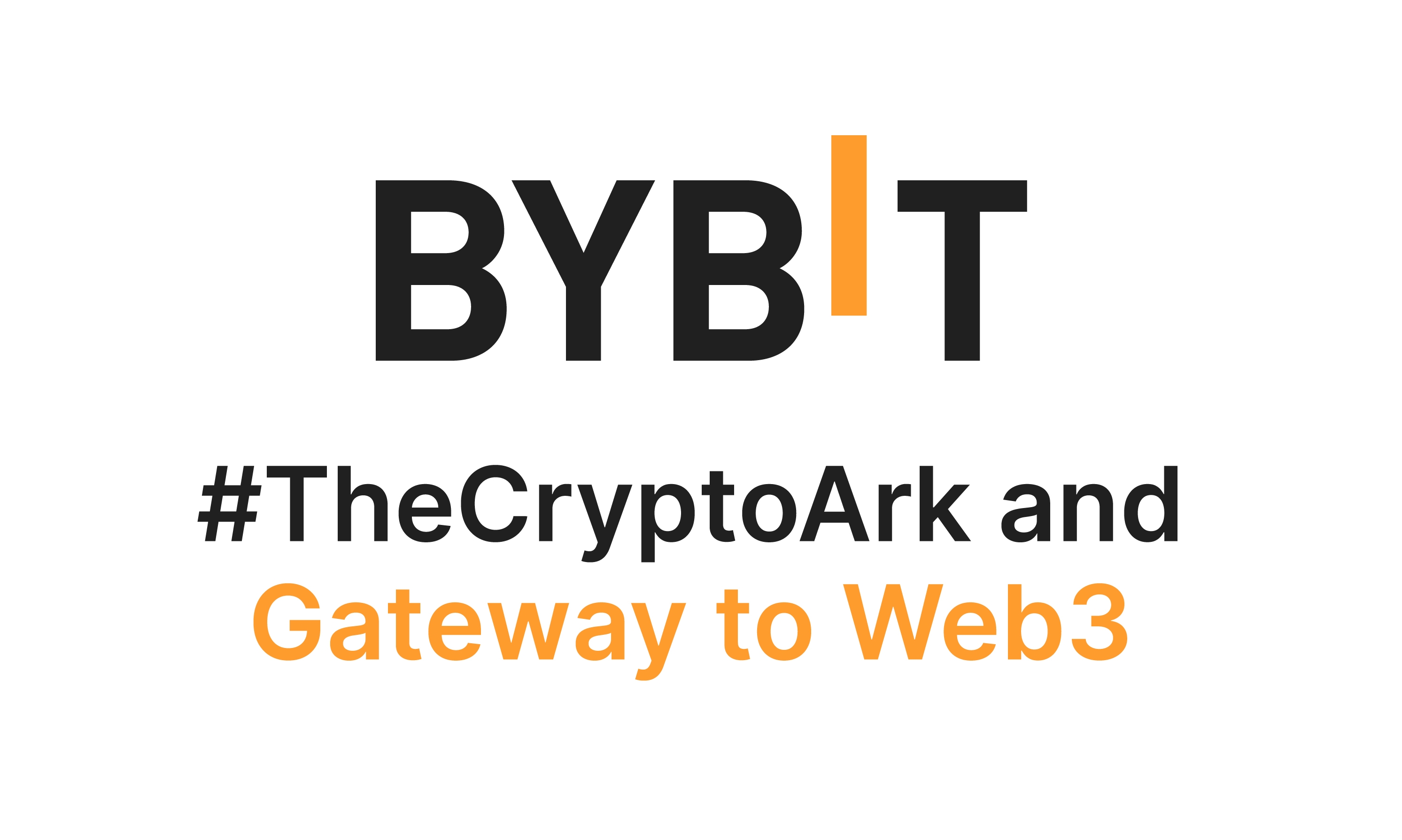Whoa! This whole space moves fast. Really fast. I’ve been in the crypto trenches long enough to say one thing: trading on a centralized exchange feels simple until it doesn’t. My instinct said « ride the momentum, » but then the market reminded me who was boss. Initially I thought leverage was a clever shortcut, but then I realized it can turn clever into catastrophe in a single funding period. I’m not 100% perfect at this. Far from it. Still, there’s a pragmatic path for traders and investors who use CEXs for spot, derivatives, and launchpad plays.
Okay, so check this out—spot trading is the most straightforward place to start. Buy low, sell high, rinse and repeat. But practical reality is messier. Orders get filled partially. Slippage bites. Liquidity dries up at the worst times. A few simple habits help. First: size positions relative to your bankroll. Second: prefer limit orders when volatility spikes. Third: set stop-losses that you actually stick to. Something felt off about ignoring position sizing for too long—so don’t do that. Oh, and by the way, DCA (dollar-cost averaging) still works for long-term allocations; it’s boring, but effective.

Derivatives is another animal. Hmm… leverage is intoxicating. It amplifies gains and shrinks patience. Perpetual futures, options, and margin products give you ways to hedge or express a directional view without moving your spot stack. On one hand, leverage can accelerate learning by forcing discipline; on the other hand, it can blow an account before you learn the lesson. Here’s what I do: use low-to-moderate leverage, monitor funding rates, and know the exchange’s liquidation mechanics cold. Funding can be the silent tax that eats your edge. Seriously? Yes—funding tweaks trade profitability over time, especially if you’re carrying a directional exposure while funding is persistently against you.
Think through counterparty risk too. Centralized exchanges are convenient. They offer deep liquidity, fast execution, and easy UI for complex orders. Though actually, wait—let me rephrase that: convenience comes with custodial risk. On the systemic level, exchange insolvency or regulatory action can trap funds. So keep a mental ledger: exchange X is for active trading, exchange Y is for demo testing, and cold storage is for long-term hodling. This isn’t math, it’s risk psychology mixed with operational tactics.
Launchpads and Token Sales — Opportunity with Very Real Friction
Launchpads excite people. I get it. New token, cheap entry, moon potential. But launchpad fundamentals matter more than hype. Check the tokenomics, vesting schedule, team background, and any audit reports. I’m biased, but vesting and lockups are very very important; they tell you whether early sellers can dump on day one. Also watch for allocation methods—lotteries and pro-rata both have trade-offs for retail traders. Use centralized exchange launchpads as part of your allocation strategy only after you map the tail risk.
For a hands-on walkthrough of a major exchange experience and launchpad mechanics, click here to see an example platform perspective. Note: that’s not an endorsement of any specific listing. It’s a look under the hood—what features show up, how allocations are processed, and what UX pitfalls traders face.
Trading tactics worth stealing (and making your own):
– Build a playbook for entries and exits. This is less glamorous than you think, and more effective.
– Use layered orders—scale into positions with multiple limit orders rather than a single market fill.
– Hedge large spot holdings with short futures or options when necessary. Hedging costs money, but it buys time.
– Keep a trade journal. Look back monthly. Patterns emerge—your bad habits, not just market moves.
Risk controls are boring but essential. Limit absolute exposure per trade and per instrument. If you can’t tolerate a 20% drawdown mentally, don’t trade a 10x perpetual. It’s that simple. Also: stress test worst-case scenarios. Imagine the exchange pauses withdrawals. Imagine a depegging event. What happens to your margin? Those questions are tedious and they save lives—figuratively speaking.
Here’s a thing that bugs me: many traders learn technical patterns but skip macro context. Price action doesn’t exist in a vacuum. Macro liquidity, regulatory headlines, and stablecoin behavior change the backdrop fast. When macro risk rises, reduce leverage and tighten stops. When liquidity thins, widen your execution spreads or pause. I’m telling you this from hard experience—I’ve been nailed by regime shifts that looked obvious in hindsight.
On execution: API trading beats manual clicking for consistency. Automated strategies force discipline (and reveal bugs fast). But automation carries its own risks: stale orders, orphaned positions, and silent failures. Monitor your bots. Meetings with your code are required, trust me. Also, always test on testnet or a paper account when trying new logic. Somethin’ as simple as a wrong margin calculation will ruin a good day.
Behavioral finance matters. FOMO is a tax. Greed is loud and persuasive. Set rules for trading windows, maximum position counts, and rebalancing cadence. If you trade emotionally you will lose edge to those who trade methodically. That said, intuition still matters. On more than one occasion, a gut read kept me out of a crowded, dangerous trade. Hmm… my gut isn’t perfect, but combined with rules, it becomes an asset.
Common Questions Traders Ask
How should I split capital between spot and derivatives?
There is no one-size-fits-all. A common conservative split is 70% spot, 30% derivatives for active traders. If you’re more speculative, flip that. The key is sizing and stop discipline. Keep enough spot to withstand volatility and avoid forced selling during degen moments.
Are launchpad tokens worth participating in?
Sometimes yes, sometimes no. Success depends on due diligence, timing, and allocation mechanics. Small allocations to a basket of vetted launchpad projects can be a reasonable approach, but expect illiquidity and lockups; price discovery often happens after vesting cliffs.
What’s the single best habit for long-term trading success?
Consistency. That means a documented strategy, risk limits, and regular review. Consistency beats brilliance most days. Keep learning, adapt, and don’t confuse activity with skill.

